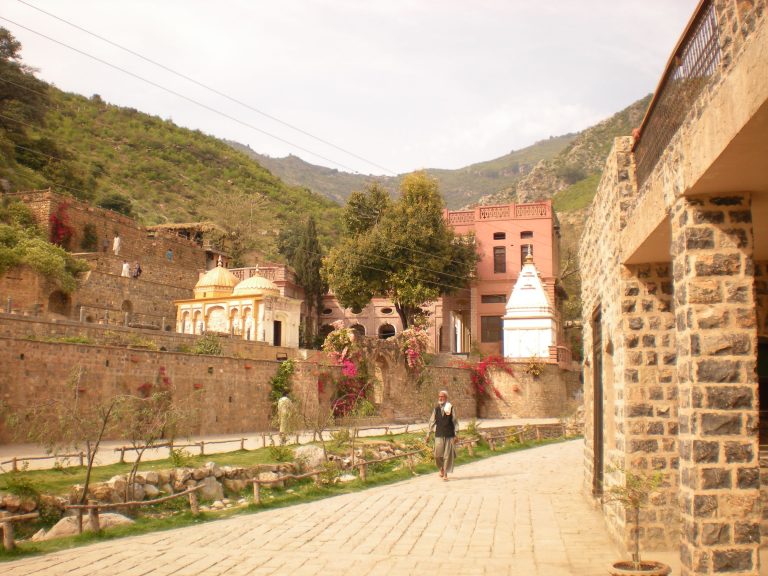Part 1:
The city of Islamabad stretches between shrines of Golra and Bari Imam. Years ago, when the area was not yet baptized, it was home to dozens of scattered villages between temples of Golra, Saidpur and Rawal. In those days local Gakhar, Rajput and Malhiar tribes resided in these villages. The present day Islamabad and its denizens were yet to inherit the place. Fast forward four centuries and you will find yourself in a city called Islamabad.
Zero kilometres away from Islamabad, the picturesque Saidpur silently sits on a slope of Margalla hills. In year 1530 AD, one Mirza Fateh Ali founded the village. Initially, it came to be known after him as Fatehpur Baoli. Later, when the area was given to Said Khan Gakhar by our very own Mughal Emperor Akbar for his family’s services in the fight against our beloved Sher Shah Suri, the name of village changed from Fatehpur to Saidpur. Said Khan gifted the village to his daughter.
The village that finds mention in Tuzk-e-Jahangiri as ‘a place beyond Rawalpindi’ has a unique attraction in its serene environment that anyone who passes by it falls in love with. Janahgir thus married the owner of the village – daughter of Said Khan. Those who consider Iqbal as a Pakistani would surely love to call Jahangir as son-in-law of Islamabad.
In 1580 AD, Maan Singh visited the village and to commemorate his visit built a temple, a dharamshala and four ponds namely Ram Kund, Lakshman Kund, Sita Kund and Hanuman Kund here. In preceding centuries, before the partition, Hindus from Rawalpindi would gather at Saidpur and celebrate Baisakhi at the temple and the ponds. As partition came by, it changed everything. Hindus inhabiting the village migrated to India so did the brass statues of goddesses of Kali and Lakshami. The ponds have disappeared and the village has been taken over by Des Pardes, Dera Pakhtoon, Andaaz, Tira and other expensive restaurants. The apron of the temple where once upper-class Hindus used to take Parsaad now serves as dining place of Des Pardes, a high-end restaurant, catering to elites only. And the temple, empty and in shambles, stands ready for a selfie with the visitors.
Alongside the temple, a gurdwara was built by Sikhs, probably in the twentieth century. Attached to the gurdwara is a big-size room which served as school for teaching philosophy of Guru Nanak. Until partition, Waheguru and goddesses of Kali and Lakshami resided side by side. Once the land of the pure became a reality, Sikh school was converted into Primary School for Girls for teaching Two Nation Theory. As the village was declared tourist place in 2006, the girls’ school ceased to exist. It has now been renovated and carries black and white photos of Islamabad’s making and the lost temple.
Some local Gakhar and Rajput families still reside in the village. Ironically, they are considered ‘Raja Ji’ and not ‘actual Islamabadis’.
The author is a lawyer based in Islamabad . He is partner at Just & Right Law Company. He can be reached at gulbazmushtaq@justnright.com
Courtesy: daily times




